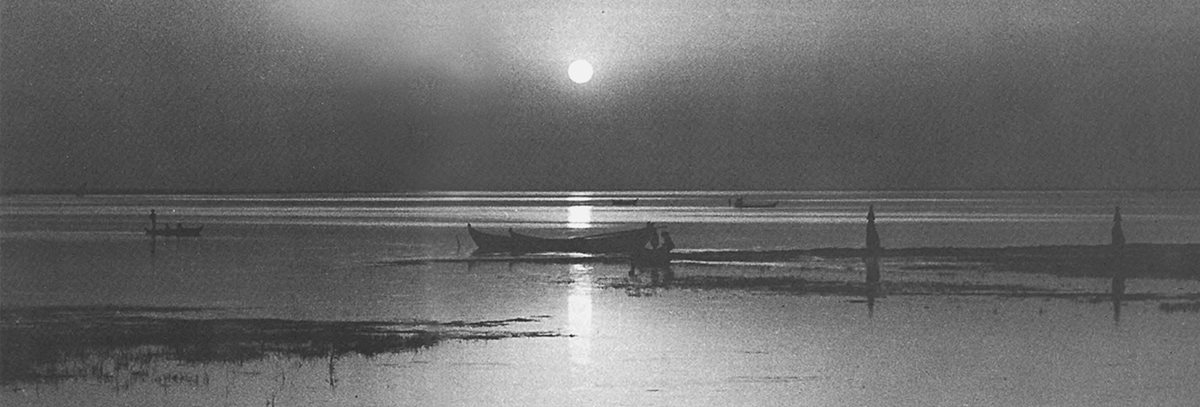It's said that where the Tigrus and Euphrates meet it is the most fertile soil on the planet.
This is supposed to be originally the area that the Garden of Eden was located.
This is in Iraq.
One of my buddies who spent time in Iraq after Desert Storm said there's a place in Iraq where you can grow anything without fertilizer or water.

Where Is The Garden Of Eden? And Where Would It Be Located Today?
If we take the Bible's description, we can speculate that the Garden of Eden is located somewhere near Iraq and Iran around the Persian Gulf.
Where is the Garden of Eden in Africa?
On a more scientific jaunt: if we are to believe that the Garden of Eden symbolizes the origins of humans then we undoubtedly have to turn our heads to Africa.
The so-called Cradle of Humankind can be found in South Africa around 50 kilometers (31 miles) northwest of Johannesburg. This site is home to the largest concentration of human ancestral remains anywhere in the world. Among the thousands of fossils found here, researchers have unearthed the remains of Australopithecus, an early ape-like human species dated to around 3.4 to 3.7 million years old.
It wasn’t until 200,00 to 300,000 years ago that modern Homo sapiens evolved. Once again, Africa was the location of this development, with modern humans most likely first emerging somewhere around modern-day Ethiopia.
So, if we're looking for a scientific Garden of Eden, it looks like South Africa and Ethiopia are our best bet. Whether these sites were once home to a paradise where four rivers once met remains to be seen, however.

Globally Important Iraqi Marshes Designated As A World Heritage Site
Globally Important Iraqi Marshes Designated As A World Heritage Site



